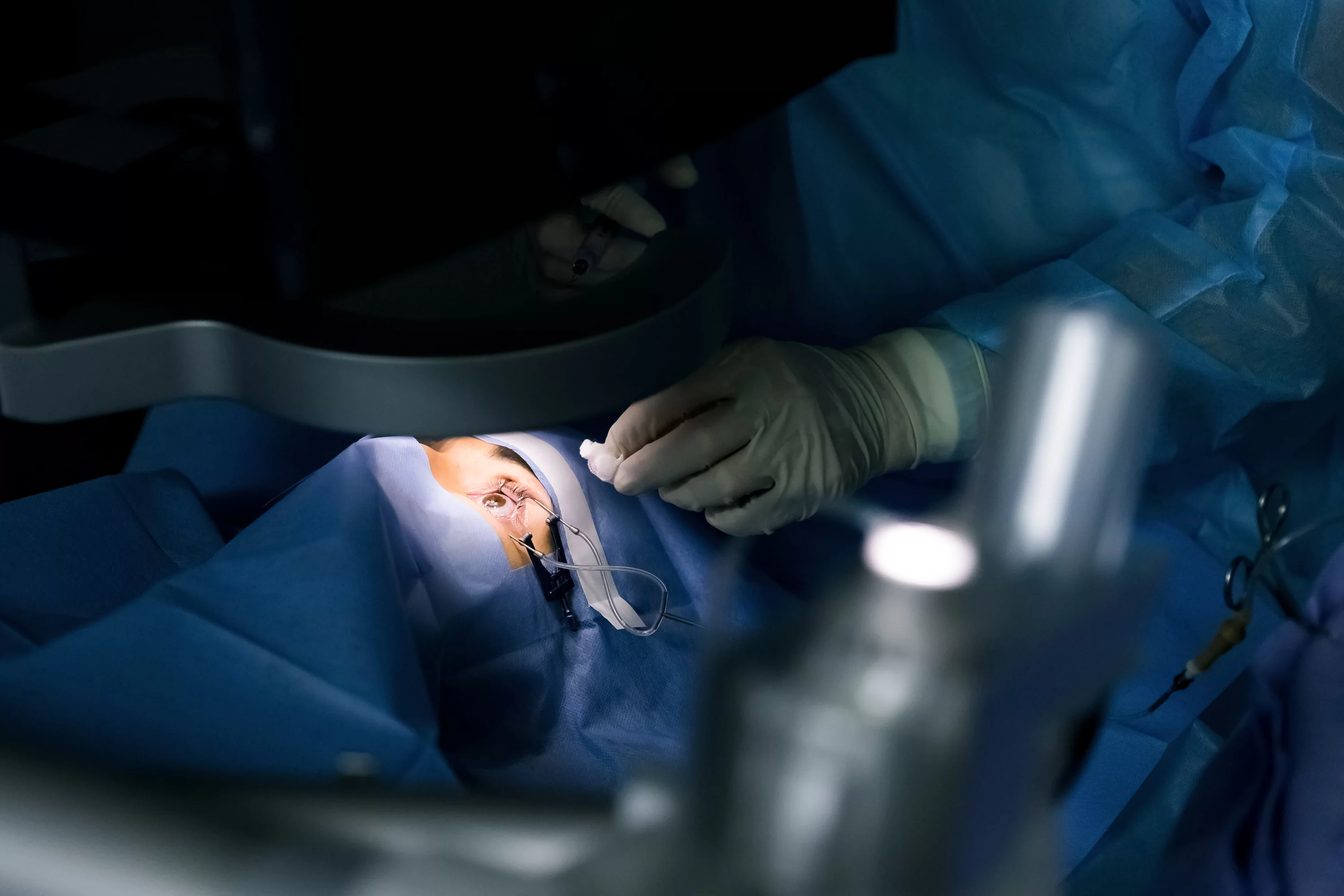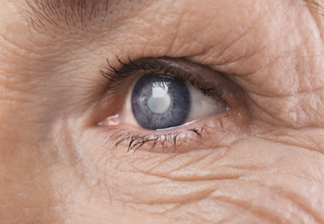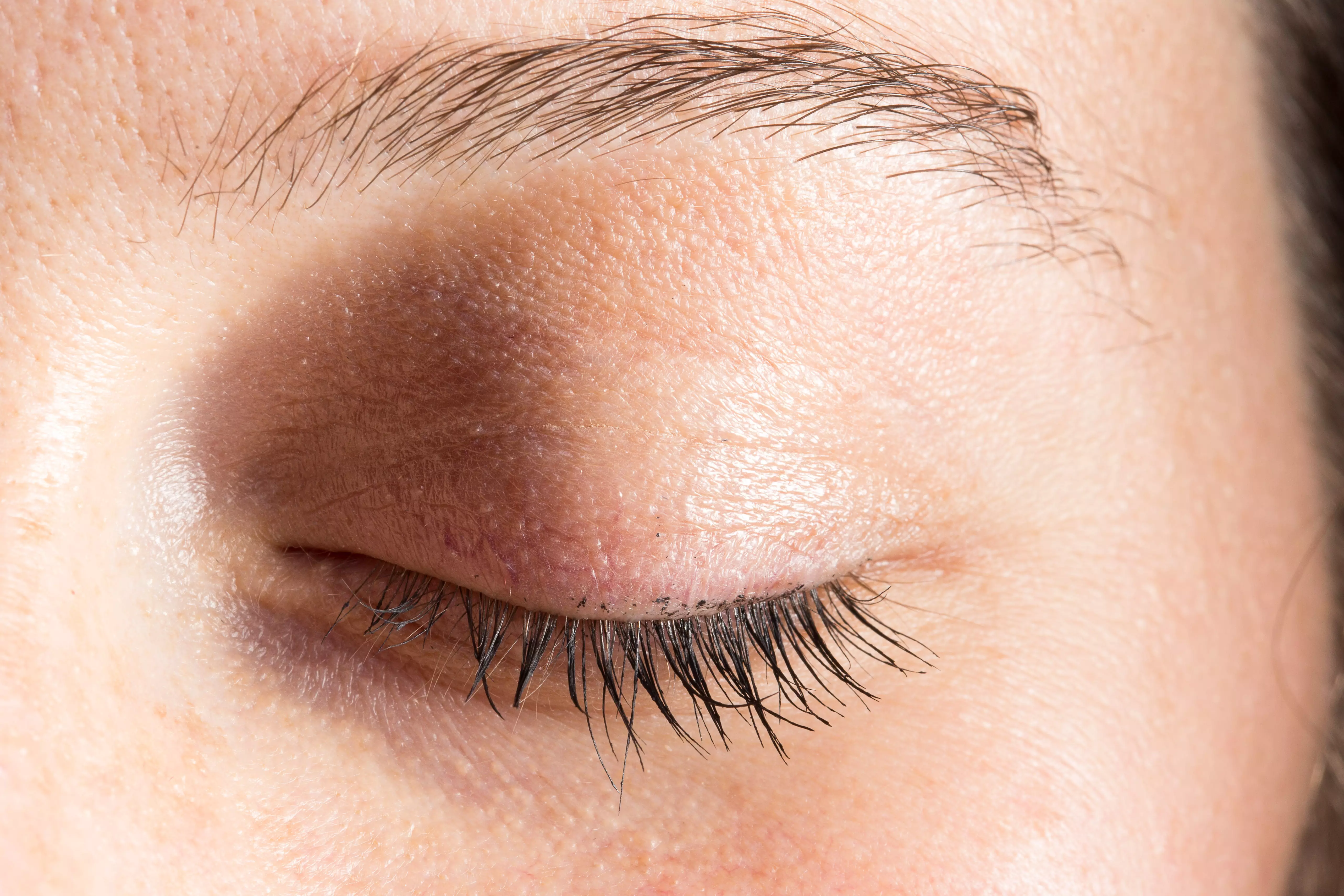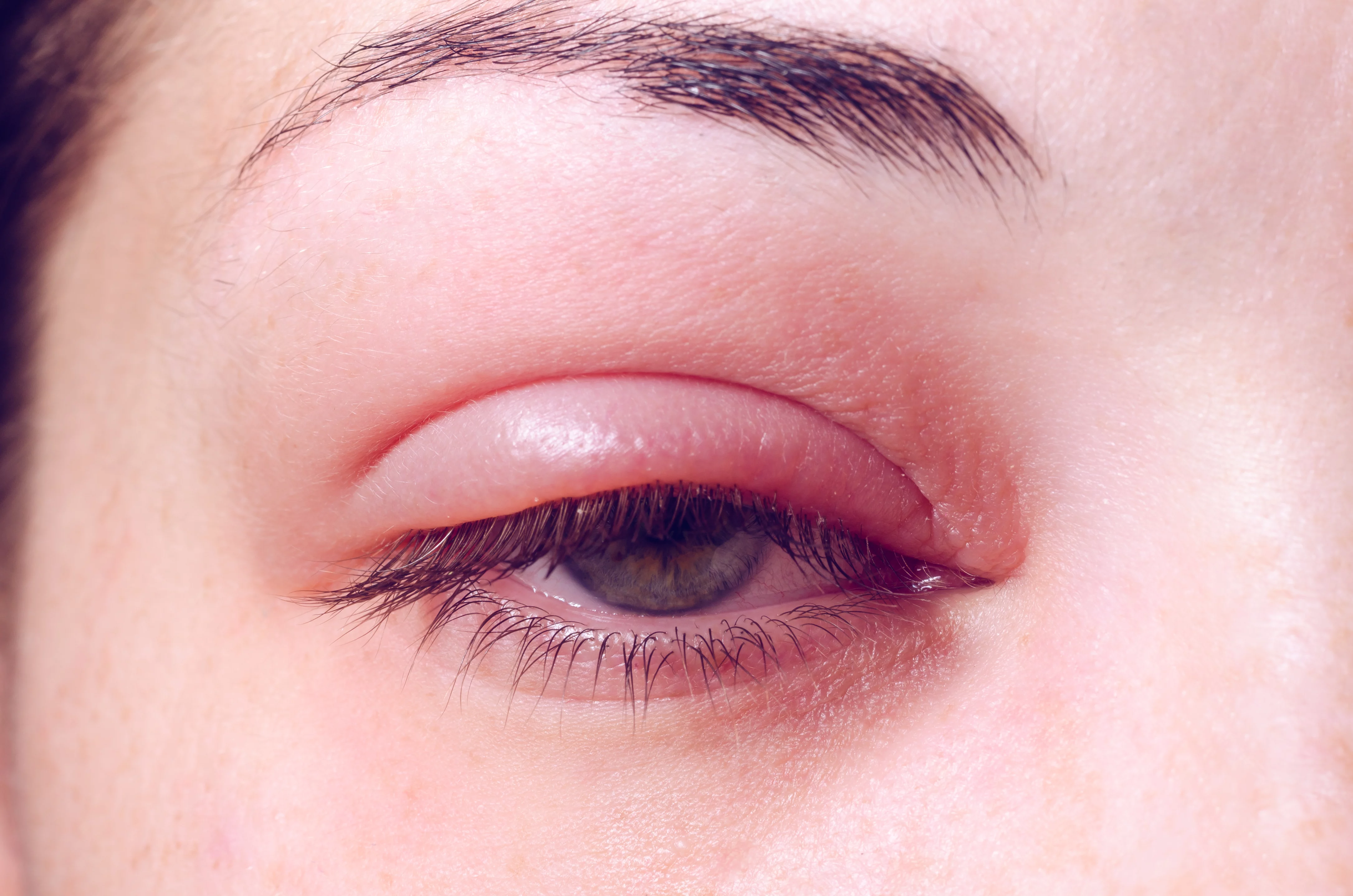Diagnostic mydriasis
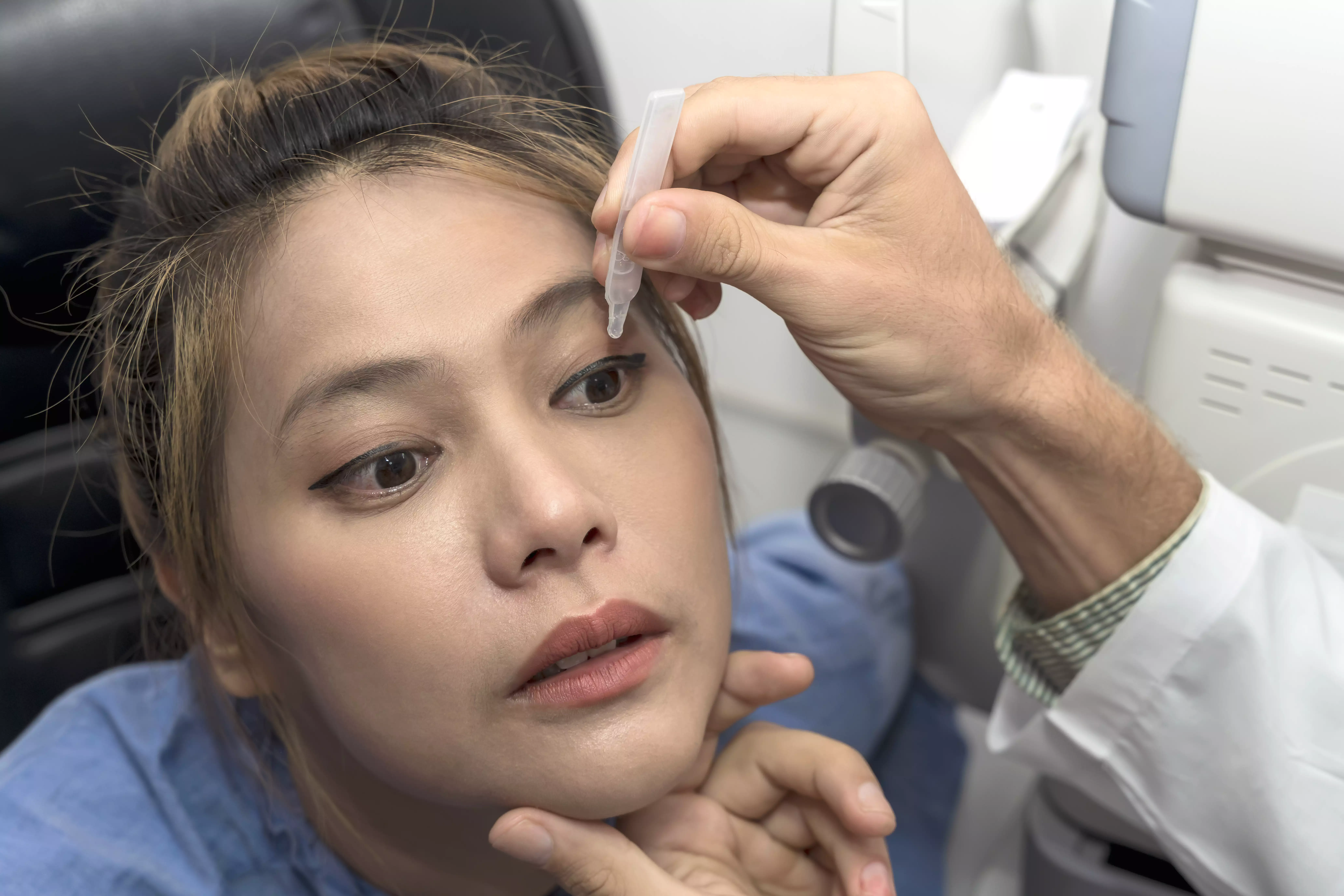
In ophthalmological practice, mydriasis is often induced for diagnostic purposes. Pupil dilation enables ophthalmologists to examine in detail the internal structures of the eye, including the retina, macula and optic nerve. This in-depth evaluation is essential for the screening and diagnosis of various ocular pathologies.
By dilating the pupil, the ophthalmologist can better visualize the signs of diseases such as diabetic retinopathy, age-related macular degeneration (AMD), glaucoma and other retinal and macular conditions. This makes it possible to detect early abnormalities that might be invisible with a non-dilated pupil¹, ensuring rapid and appropriate intervention.
Mydriatic eye drops are commonly used to induce mydriasis for diagnostic purposes. Their administration enables a more accurate and comprehensive assessment of the patient's ocular health. In addition, well-controlled mydriasis helps minimize discomfort for the patient during the examination, making the diagnostic experience more efficient and less invasive.
